Hwange Power Station increases output
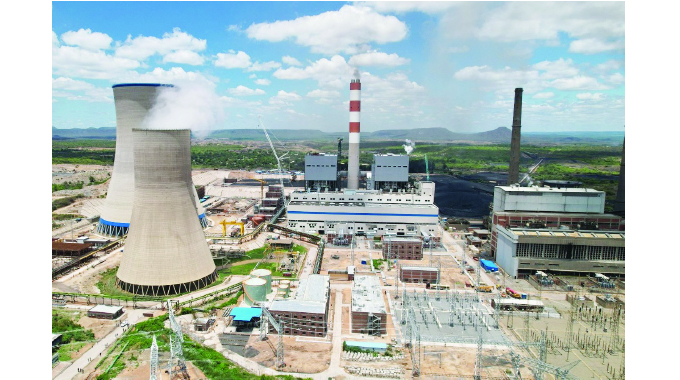
Business Reporter
Output from Hwange Thermal Power Station has increased to 430MW following the repair of broken-down units, pushing total national generated electricity to 681MW, according to statistics from the Zimbabwe Power Company (ZPC).
Although the country still needs to import power from regional producers to cover the supply deficit created by the drastic cut in output from Kariba Hydro-Power Station due to low water level, the improvement from Hwange is a significant boost.
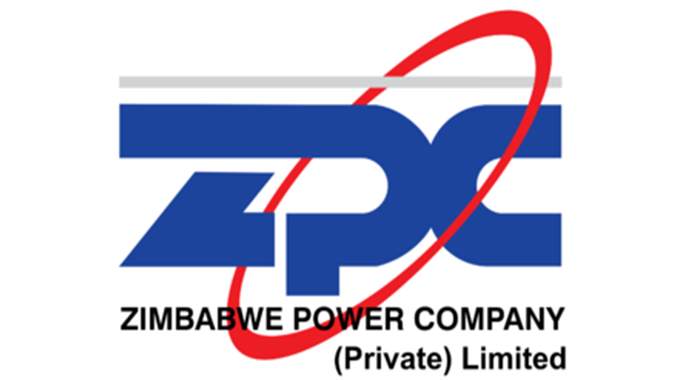
Zimbabwe-Power-Company
Hwange, which operates as a base load station has now become the anchor producing 430MW as of yesterday with Kariba trailing at 233MW, Munyati 18MW while Bulawayo and Harare were at zero.
Given the lower output from Kariba, the incessant breakdown of the aged Hwange Power Station equipment had seen the station recently operating with only two units, which worsened load shedding at a time when the Southern African region is also starved of electricity, which limits import arrangements.
“Our engineers and technicians have been working frantically to ensure increased power generation. Consequently, we have increased generation at the Hwange Power Station by getting the broken-down units back up, resulting in five of the six units being currently operational, which has increased supply to the national grid,” said Zesa in an update.
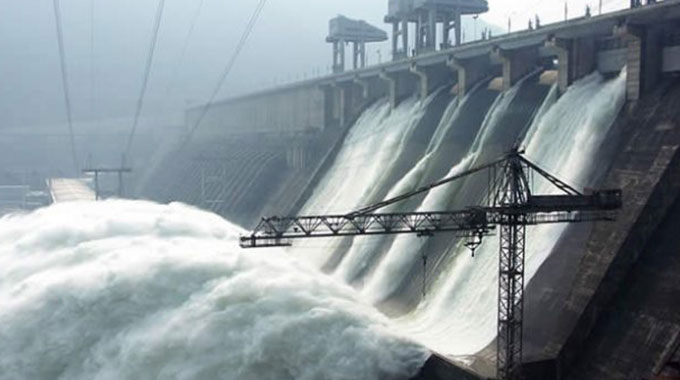
Hydro Power Station
“This will help ease the demand-supply gap during the festive break as we also anticipate reduced demand from the business sector during the period.”
While urging stakeholders to conserve power, the utility said it has secured the injection of additional imports from the Southern African Power Pool (SAPP) to bridge the gap until the Kariba reservoir recovers in the first quarter of next year.
“Zesa Holdings is pleased to advise its valued stakeholders of the increased electricity supply in the country, which has resulted in reduced load curtailment across all our customer segments,” it said.
“This development follows weeks of depressed generation attributed to the dropping water levels at Lake Kariba, which necessitated the directive to reduce power generation at Kariba South Power Station by the Zambezi River Authority (ZRA).”
In the short-to-medium term, the Government is fast-tracking swift completion and commissioning of the US$1,5 billion Hwange Units 7 and 8 expansion projects, which is set to bring an additional 600MW to the national grid.
As such the power utility said preparations for the imminent commissioning were well on course, beginning with Unit 7, whose test runs are underway.
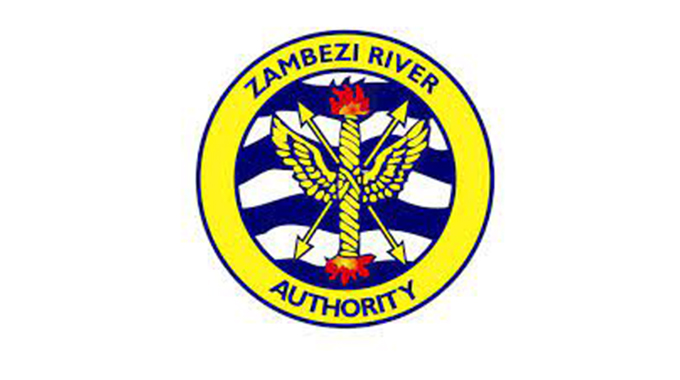
Zambezi River Authority
“It is pleasing to see that the technical tests are progressing well and the utility expects the first additional 300MW from Unit 7 soon,” it said.
“Every indication is that it has been built well. We are treading cautiously on the technical aspects so that we energise robust machinery hence the need to follow all comprehensive commissioning tests.
“Unit 8 is progressing well and is planned to be commissioned during the first quarter of next year.”
Meanwhile, the contractor in charge of Hwange expansion, Sino Hydro Corporation, a subsidiary of Chinese giant – Power China, has reported the completion of Hwange B Substation and Transmission Line, which is a major component of the expansion works.
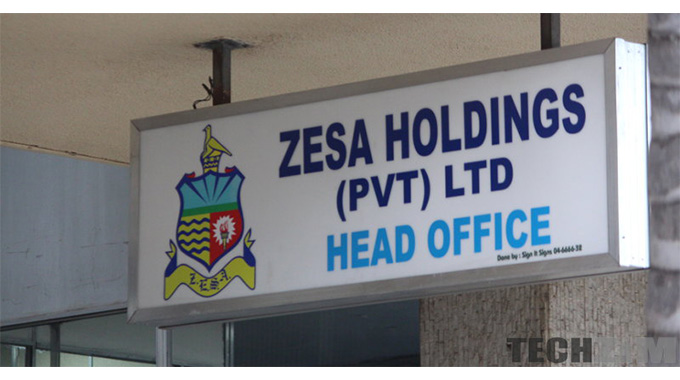
Zesa
Posting on its official Twitter handle, the contractor said completion of the Hwange B Substation and Transmission Line was a major milestone.
“Transmission infrastructure requires a way leave of 60m, traversing from Hwange B Substation to Bulawayo’s Insukamini Substation,” it said.
The synchronization of Unit 7 commenced in October and its commissioning is expected to boost domestic power supplies and cut imports.
Last week Government made a bold statement to support 37 independent power producer (IPP) projects, mostly solar, which have been awaiting a guarantee structure.
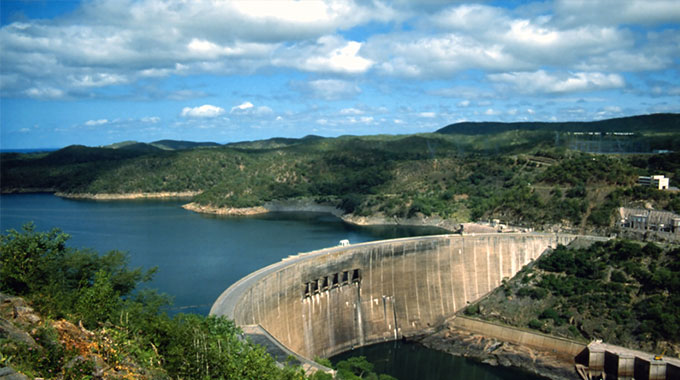
Lake Kariba
The fruition of such projects will bolster domestic energy capacity leading to a balance of supply and demand as well as export of surplus capacity while conserving water in Lake Kariba which will be used both as a balancing plant for renewables as well as energy banking, said the power utility.
Zimbabwe is also diversifying its energy mix to combine hydro, solar, wind, and biogas in keeping with global climate change mitigation efforts.

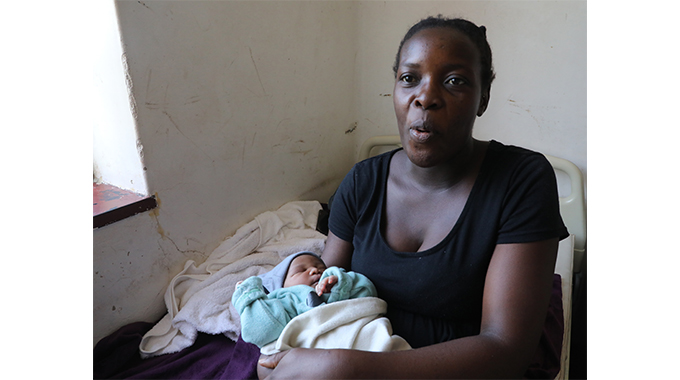
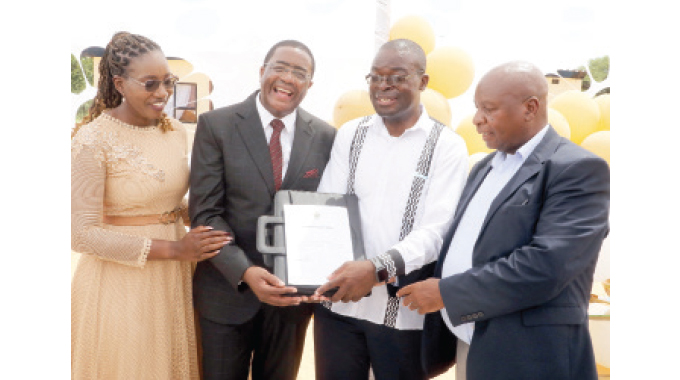
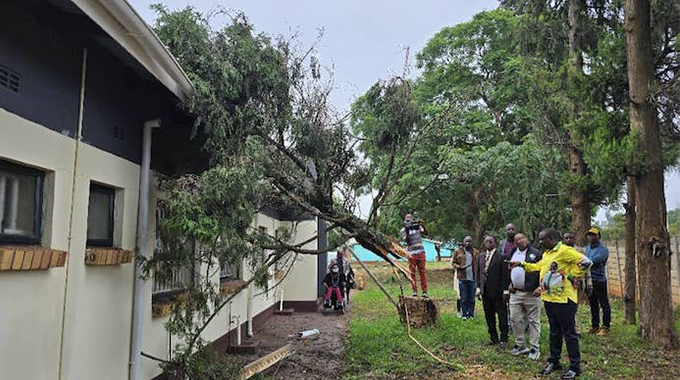

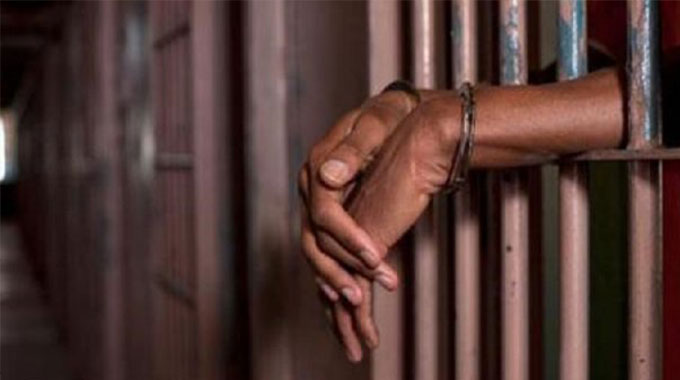






Comments